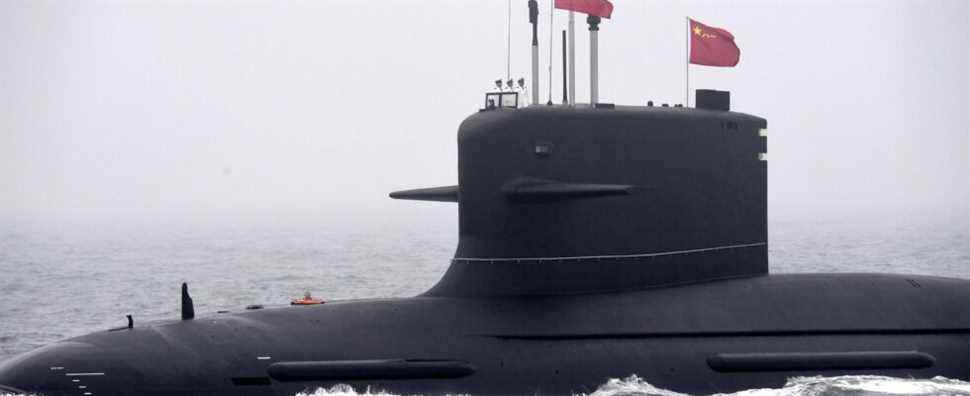The five member countries of the United Nations Security Council (United States, China, Russia, United Kingdom and France) pledged, Monday, January 3, to “prevent further dissemination” nuclear weapons, in a joint declaration. But that does not prevent the powers from developing their nuclear arsenal, like China and Russia.
China says it will continue to modernize its nuclear weapons
There are no official figures on the subject, difficult to have a precise idea. What we do know is that the Chinese nuclear program on the military level is old. Launched by Mao Zedong in the 1950s, it has obviously grown a lot since then. According to estimates given by the Stockholm Peace Research Institute, which is the reference on the subject, China now has a total of 350 nuclear weapons. This arsenal is tiny compared to the more than 5,000 weapons held by the United States. This is also an argument from Beijing which says: “We do not have vocation to join the Russian-American discussions on the reduction of nuclear weapons, because our arsenal in quantity has nothing to do with that of Washington or Moscow.”
But that does not prevent China from moving forward and making progress on the subject. This is what Beijing confirms implicitly by explaining that nuclear weapons are aging and that they must be modernized. Research is therefore very active on the subject. According to British and American media, China has today reached a high level of expertise in so-called hypersonic missiles, with a more unpredictable trajectory and capable of transporting nuclear warheads and launching projectiles.
According to a Pentagon report that should still be put into perspective, Beijing would have a goal of reaching 1,000 nuclear warheads by 2030. China, for its part, is trying to reassure. “China has always maintained a nuclear strategy of a defensive nature and pursued a policy of non-first use of nuclear weaponsChinese Vice Foreign Minister Ma Zhaoxu said. China maintains its nuclear force at the minimum level required for safeguarding national security, which in itself is an important contribution to global strategic stability. “ The Chinese nuclear program is in any case followed very very closely by the Western powers, in a very tense context at the moment in the South China Sea and on the fate of Taiwan.
In Russia, nuclear deterrence is also a domestic policy issue
Russia has signed this joint declaration of the United Nations Security Council, but yet it is communicating more than ever about its new, ever more modern, ever more powerful weapons. The country has one of the most extensive arsenals on the planet with an estimated 6,255 nuclear warheads compared to 5,550 for the United States, its perennial competitor. According to the Chief of General Staff of the Russian Army, 95% of the country’s nuclear arsenal is ready for use.
In 2018, Vladimir Putin presented a missile described as the ultimate, a weapon capable of fooling NATO radars. It is a current issue. But often, these announcements with great fanfare hide another reality: many of the high-performance missile projects announced by the Kremlin are still in the design phase, sometimes far from being operational. Because nuclear deterrence also involves communication. It is also an issue of domestic politics, of patriotism. Vladimir Poutine uses a lot of the rhetoric of the besieged citadel, of a Russia surrounded by enemies: the United States, NATO, even China. It is therefore essential for him to pose as a defender of the fatherland.
Result, there are on the one hand the words, and on the other, there are the actions. Both Russia and the United States are constantly developing their nuclear arsenal, which is also denounced by China, which thus justifies its own entry into the race. The Kremlin says it is acting in response to Americans. And the Americans say the same about Russia. However, the dialogue on the issue continues between the two powers. A few days after coming to power, Joe Biden reached an agreement with Vladimir Poutine without great difficulty on the question of the extension of the nuclear disarmament treaty called “New Start”. On the Russian side, it is a way for Vladimir Putin to show his fellow citizens that he is doing everything to avoid war … even though he worries the West by massing troops on the Ukrainian border, and that the Russian media regularly raise the possibility of using the country’s nuclear weapons.
